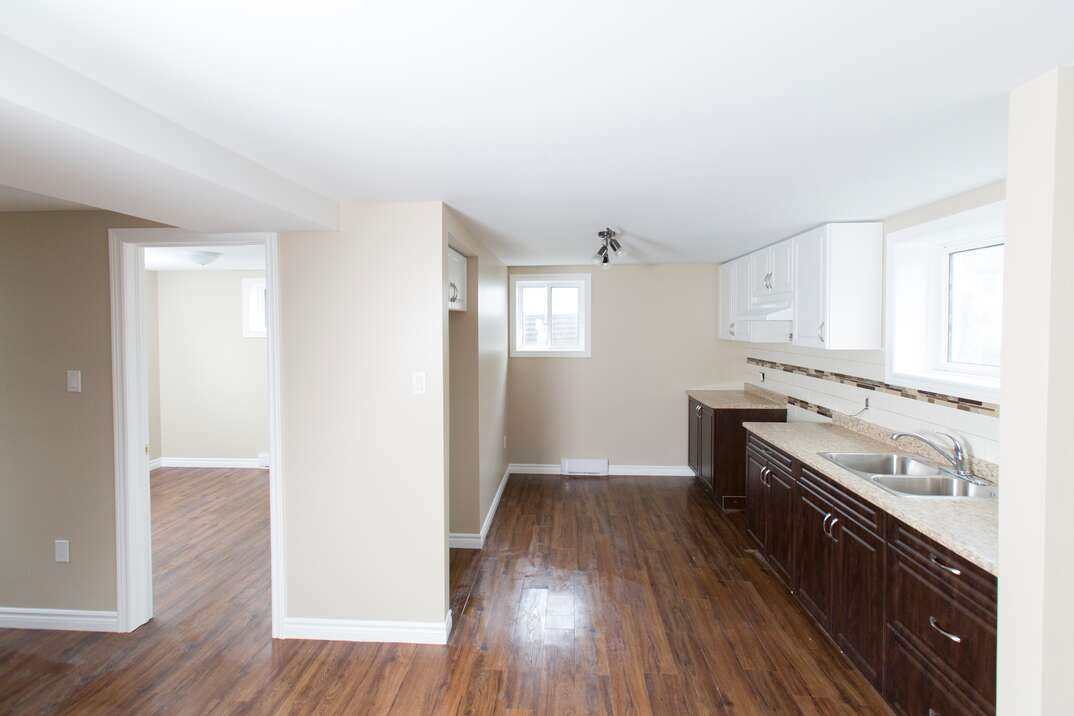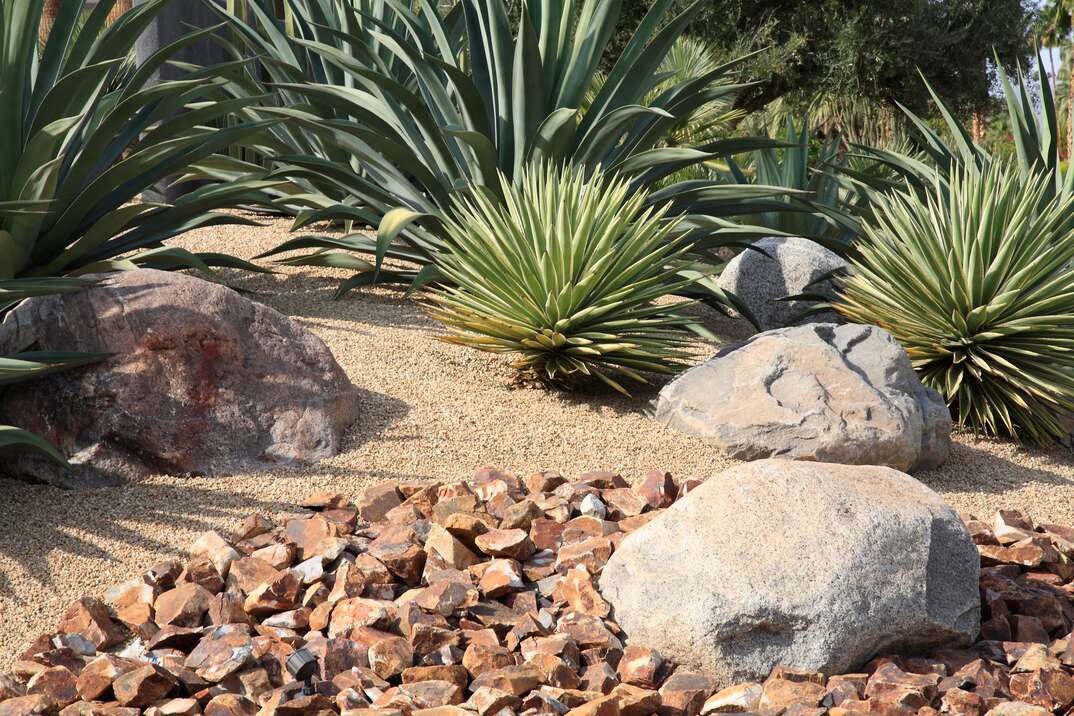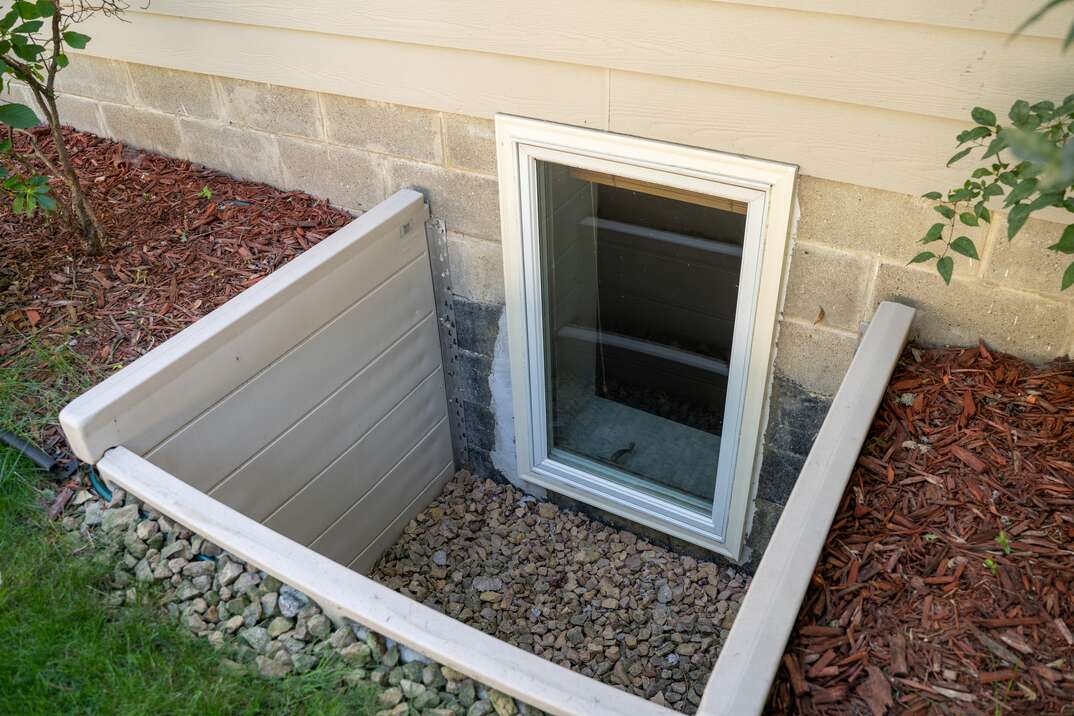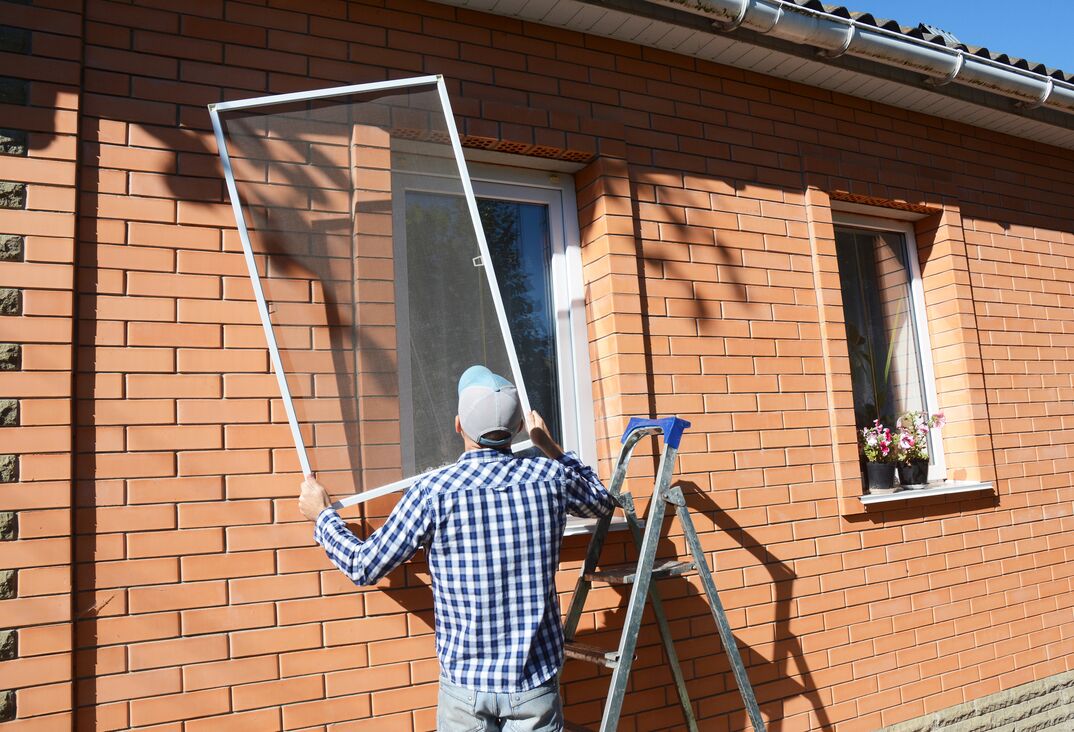What Is an In-Law Suite or Accessory Dwelling Unit?

As the average life expectancy increases, more homeowners are thinking about how to care for aging relatives. Some are considering adding an accessory dwelling unit — also known as a granny flat or in-law suite — to their property. An ADU is a practical solution for keeping senior family members close without compromising on privacy.
This May Also Interest You: What Is a Home Improvement Loan and How Do You Get One?
There are a few options for creating an in-law suite. You could convert part of your main residence into a private space, or repurpose your garage. Below, you can find everything you need to know about in-law units, including how much one could add to the value of your home.
What Is an In-Law Suite?
An in-law suite is a separate dwelling space in your primary residence or on your property. They’re sometimes referred to as granny flats or secondary units. Generally, people build in-law suites to allow their aging parents or in-laws to live with them while still ensuring a private place to retreat to.
You could build an in-law suite by extending or renovating your loft or basement, or upgrading an unused garage or shed. If you have enough space on your land, you could even build a structure from scratch, often known as a granny pod.
What Is Considered an Accessory Dwelling Unit?
If your in-law suite has certain features, it qualifies as an ADU. While an accessory dwelling unit can be part of the main house, it has to function independently of the primary residence. In other words, it needs to have its own entrance, cooking and washing facilities. For example, a living space with a kitchenette and en-suite bathroom doesn't count as an ADU if you can only access it via the main entrance to the primary dwelling.
If you don’t mind sharing a common entrance and cooking area, an in-law suite with a bedroom, en-suite and microwave or kettle might be adequate. However, it could be worth investing in constructing an ADU if you want to add maximum value to your house. ADUs generally have a greater impact on a home's value because a buyer may choose to rent them out to generate a second income. That said, the effects on value vary from place to place.
Can I Put a Second Dwelling on My Property?
Whether you can build a secondary dwelling on your property is subject to zoning laws. If you intend to build an ADU separate from your main property, you'll almost certainly need to obtain permission. You may also need to get planning permission to extend your home to accommodate a granny flat.
Rules vary from place to place on whether you can build a secondary dwelling, the maximum dwelling size and how many ADUs you can have. Some jurisdictions also stipulate that ADU owners have to reside at the property, or that ADUs can only be rented to relatives. There may be additional rules regarding parking availability and occupancy levels. You should carefully check the rules in your area before planning the construction of your accessory dwelling unit.
More Related Articles:
- How Much Does a Detached Garage Cost?
- 5 Finished Basement Ideas For Your Home
- How Much Does a Basement Remodel or Renovation Cost?
- Turn a Spare Bedroom Into Your Dream Home Office
- How Much Does a Kitchen Remodel Cost?
Does an In-Law Suite Boost Home Value?
Whether an in-law suite will add value to your home is a complex question. Generally, ADUs add value to homes because they afford more privacy than an in-law suite accessed by a common entrance. This could make your home an attractive option for buyers who want to rent out an accessory dwelling unit as an apartment or a vacation rental for a second income. However, not all areas allow the rental of ADUs to non-relatives.
As a rule of thumb, you can expect an ADU to boost value by 7.2% to 9.8% for a $400,000 home, according to HomeLight. However, it varies widely from area to area, so the only way to accurately estimate how much value an in-law suite will add is to compare the price of similar properties in your area with and without accessory dwelling units. This could be difficult to do if there aren't many comparable properties on the market. Also, bear in mind that your ADU's size, specifications and facilities will also affect its value.
What Is the Average Size of a Granny Flat?
Most granny flats measure between 300 and 1,000 square feet. You'll need to account for the size of your primary residence and adjoining land when planning your in-law suite. You'll also need to allow enough space for cooking and washing facilities if you want it to count as an accessory dwelling unit. However, some areas restrict the maximum size of an ADU, so you should check local laws first.
What Is the Difference Between a Granny Flat and a House?
If you build a granny flat as an accessory dwelling unit with a bathroom, kitchenette, sleeping and living area, there is little difference between a granny flat and a house apart from size. A granny flat still counts as part of the primary residence even if it is detached.
As mentioned, not all in-law suites are ADUs; some don't have the same modifications that you'd expect from a house because they share facilities with the main home. For example, some families choose to convert a loft space into a large bedroom and bathroom area, but everyone shares the main kitchen.


